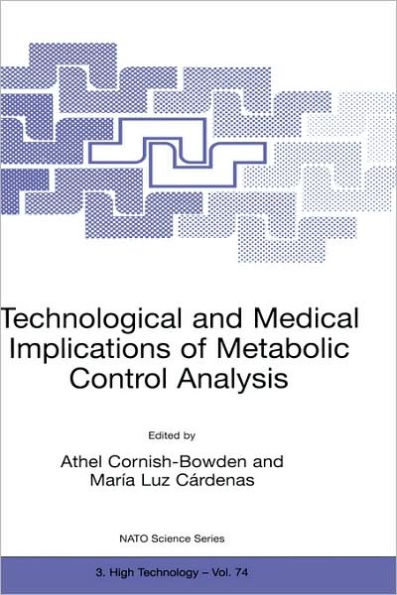5
1
9780792361886



Technological and Medical Implications of Metabolic Control Analysis / Edition 1 available in Hardcover, Paperback

Technological and Medical Implications of Metabolic Control Analysis / Edition 1
- ISBN-10:
- 0792361881
- ISBN-13:
- 9780792361886
- Pub. Date:
- 02/29/2000
- Publisher:
- Springer Netherlands
- ISBN-10:
- 0792361881
- ISBN-13:
- 9780792361886
- Pub. Date:
- 02/29/2000
- Publisher:
- Springer Netherlands

Technological and Medical Implications of Metabolic Control Analysis / Edition 1
$109.99
109.99
In Stock

Product Details
| ISBN-13: | 9780792361886 |
|---|---|
| Publisher: | Springer Netherlands |
| Publication date: | 02/29/2000 |
| Series: | NATO Science Partnership Subseries: 3 , #74 |
| Edition description: | 2000 |
| Pages: | 374 |
| Product dimensions: | 6.69(w) x 9.61(h) x 0.03(d) |
From the B&N Reads Blog
